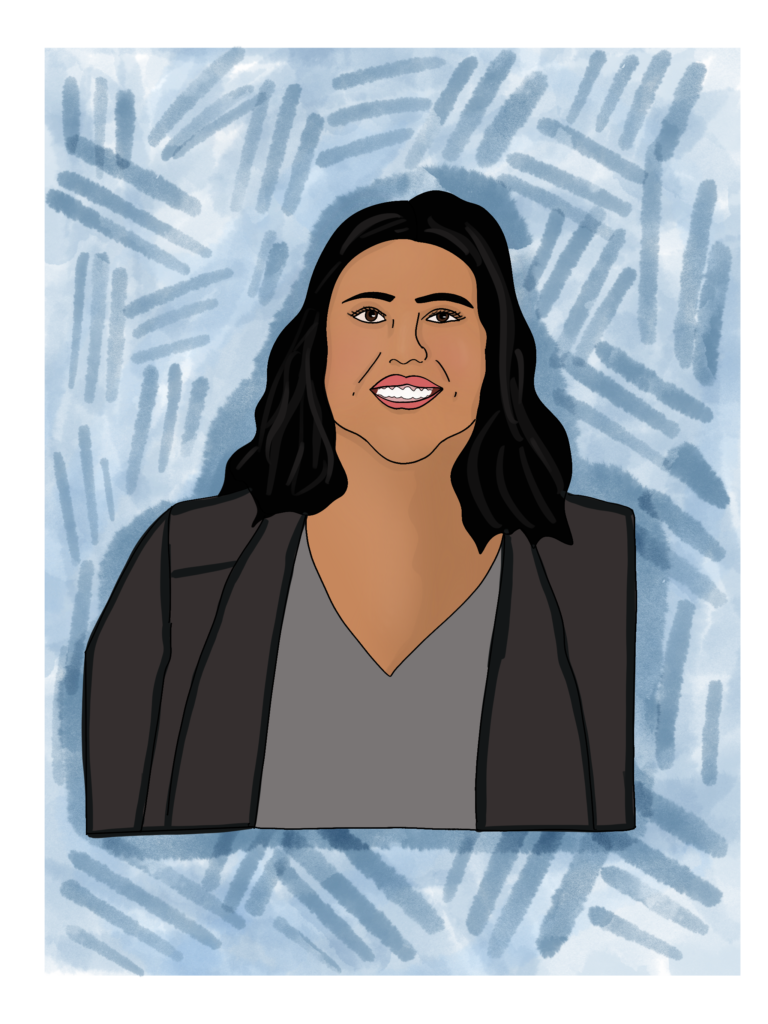Paulina Artieda, the executive director of The New Philanthropists, shares tips for diversifying nonprofit leadership.
By Sierra Rozen, Illustration by Madison Weakley
Despite serving a large population of people of color, Austin’s nonprofit leadership doesn’t always reflect those communities. Enter Paulina Artieda, who’s working to champion diversity in the boardroom.
Artieda serves as the executive director of The New Philanthropists, an organization striving to improve the diversity of nonprofit boards. According to national data, in 2017, 84 percent “of board members report as Caucasian,” and 27 percent of organizations don’t have anyone of color on their boards.
Born in Ecuador, Artieda always felt like she had to work harder to prove herself as one of the few women of color at her marketing and advertising jobs. Constantly feeling like she had to be on the top of her game quickly became isolating. Throughout her career, Artieda partnered with nonprofits, leading to her decision to offer her leadership skills in a different market. Having now served as the executive director for more than a year, Artieda hopes to bring The New Philanthropists to other cities.
For now, she’s focused on improving the boards of Austin and helping them reflect the diverse communities they serve. Artieda shares her tips on how Austin nonprofits can better serve people of color.
Have a Listening Tour
“Having a listening tour of your community is a great way to understand what is being perceived of you. There’s this inside group [of] board members that feels that the organization is being perceived a certain way. But [it’s] not until you do the heavy work of going out there and listening to every constituent that represents your community…[that] you really understand, ‘Oh, this is how we’re being seen.’”
Review Your Policies
“How do [your policies] really exemplify the welcome-all approach? Is it really welcoming all? Those are some hard questions that you need to put out there and review, and you might need to hire people outside of you to make this something [where] they hold you down to the word and say, ‘Is this really what inclusion means?’”

Have a Diversity Statement
“Is [diversity] part of your core mission and values? And if you do [have a statement], is it reflective of your board right now or your organization? If you don’t, why don’t you?”
Build Relationships
“Extend yourself out there to make new connections, because that’s how you’re going to meet more leaders in the community. That’s how you’re going to really understand the capacity that you can grow and reach others.”
Be Committed to Change
“A culture change…within your organization can lead to programs becoming way more dynamic and way more serving than you could have ever imagined. Now you have [other] voices at the table, letting you know about barriers or ideas that could happen with your programs.”



